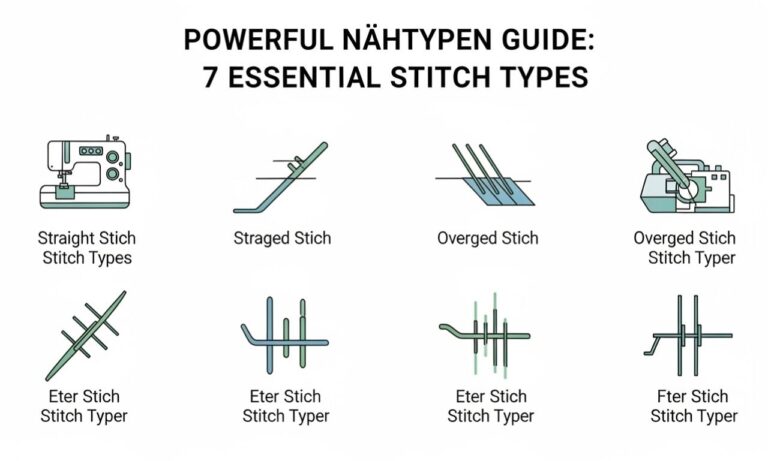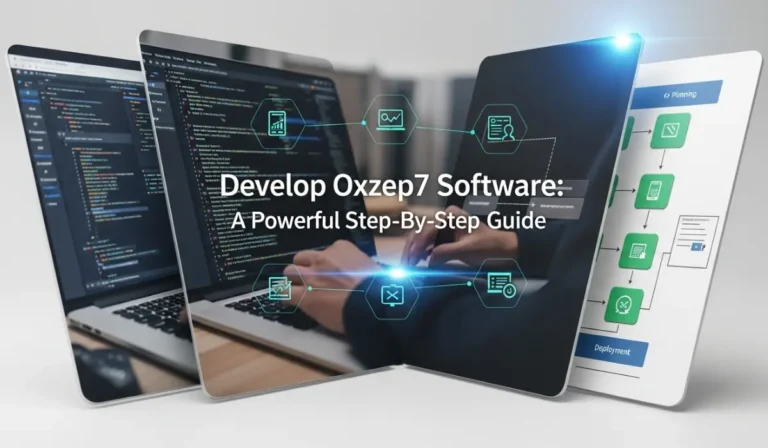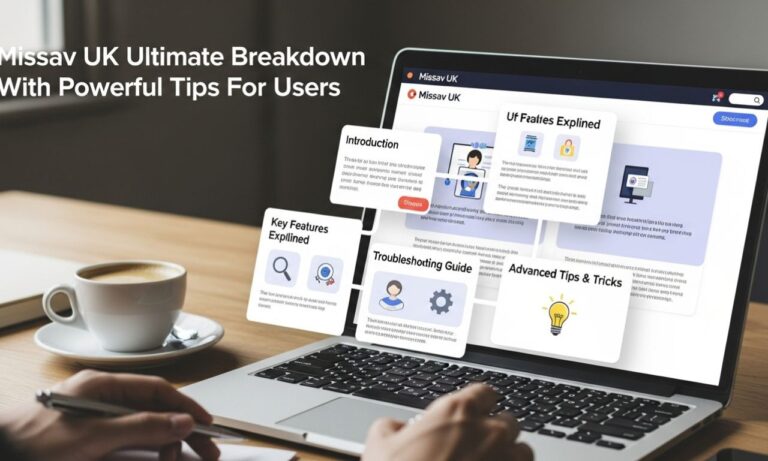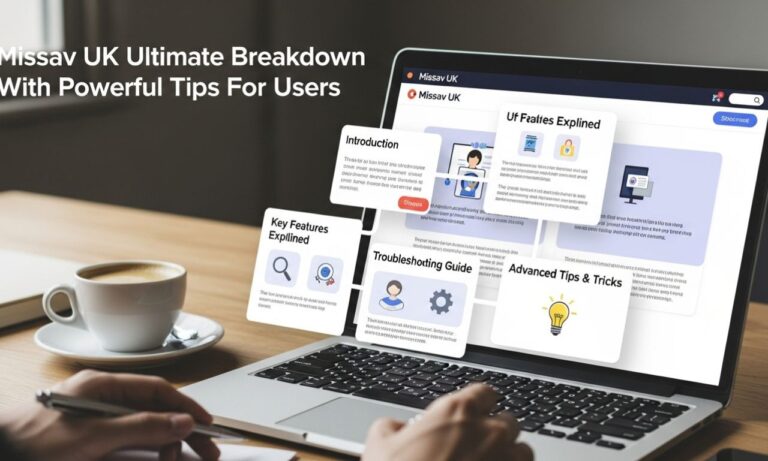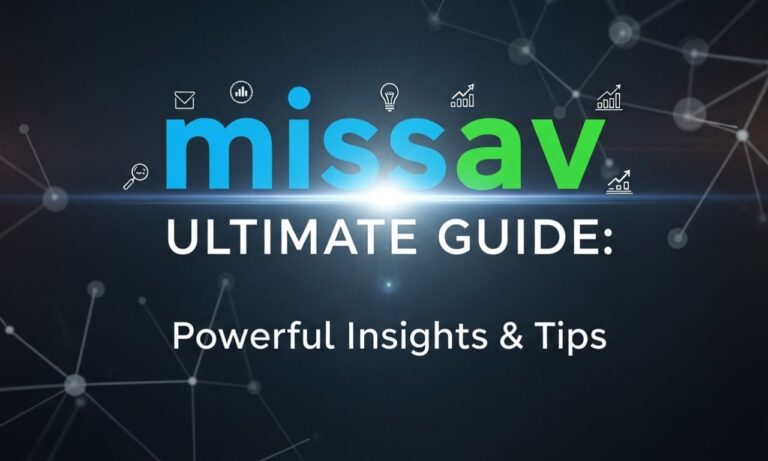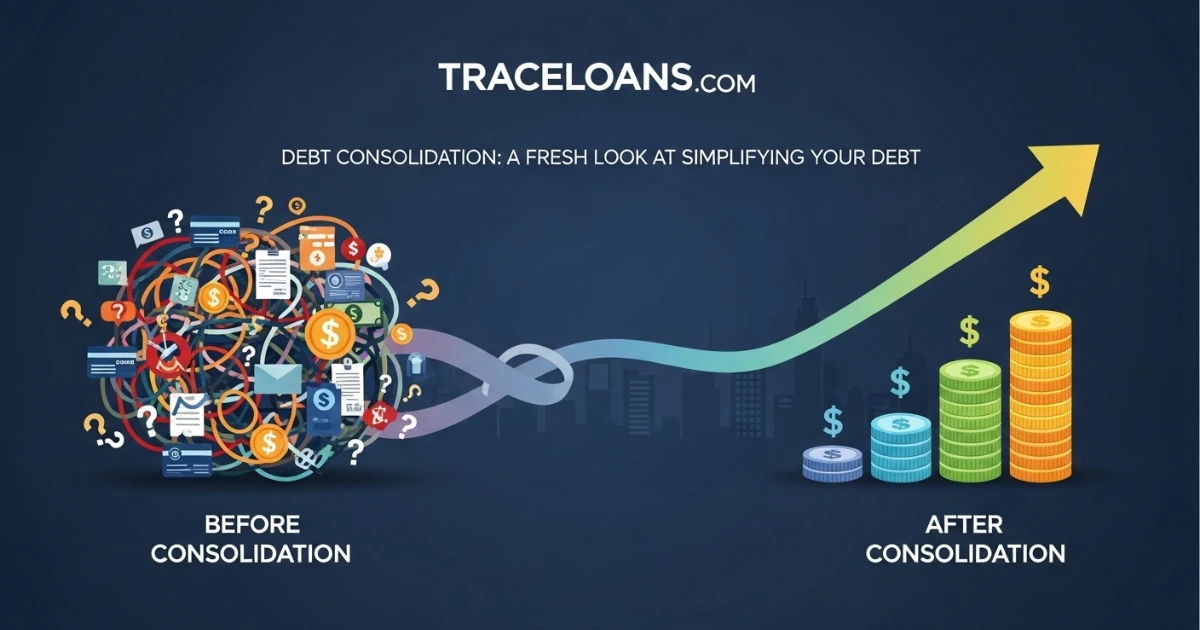
When you’re juggling multiple credit cards, personal loans or other bills, the idea of using Traceloans.com debt consolidation can feel like a lifeline. At the start of this journey, you’re wondering if combining debts into one single payment is really going to help — and whether Traceloans.com is the right platform to do it. In this article, I’ll walk you through how the process works, what to watch out for, and whether it might be right for your situation.
What is Traceloans.com debt consolidation?
At its core, Traceloans.com debt consolidation means using the platform (Traceloans.com) to bundle multiple debts into one loan or repayment arrangement. Rather than making several payments each month to different lenders, you consolidate those under one loan, ideally with a lower interest rate, a simpler structure and a fixed timeline. According to user-guides, Traceloans.com helps you apply, get matched with lenders, and then make one payment instead of many.
The promise here is straightforward: less stress, fewer due dates, and clearer planning. But of course, the real-world results depend on your individual credit profile, debt size, and the terms you secure.
How Traceloans.com debt consolidation works in practice
Here’s a breakdown of the typical steps you’d follow when you use Traceloans.com debt consolidation:
-
Initial assessment – You provide details about your debts, income, employment and credit situation. The platform uses these to pre-qualify you.
-
Offer matching – You receive multiple loan offers from lenders that partner with Traceloans.com, showing interest rates, fees and terms.
-
Selection and approval – You choose the offer that makes sense, submit official application details, perhaps undergo a hard credit check, and get approval.
-
Funds disbursement & payoff – Once approved, the new loan funds are used to pay off your existing debts, so you end up with just one monthly payment to the new lender.
-
Repayment – You make one consistent payment every month until the new consolidated loan is paid off. Meanwhile, your old accounts should be closed or managed so as not to accumulate further debt.
This process simplifies your payments and can improve tracking. But to succeed, you’ll still need discipline and budgeting — consolidation isn’t a free pass to ignore debt. The guide on Dar-Care emphasizes that you must “avoid taking on new debt” after consolidating with Traceloans.com.
Benefits of using Traceloans.com for debt consolidation
There are several advantages that people commonly find when they choose Traceloans.com debt consolidation. These include:
-
Single monthly payment: Instead of juggling 4 or 5 due dates, you’re making one payment. That simplifies life and helps avoid late fees.
-
Potential for lower interest rates: If your new loan has a lower APR than your existing debts (especially high-interest credit cards), you could save money over time.
-
Clear payoff timeline: Consolidation often comes with a fixed term (e.g., 36 or 60 months) to pay off the debt, which gives you a target and motivates you.
-
Reduced stress: Managing one lender and one payment is mentally easier, freeing you up to focus on rebuilding rather than just coping. According to reviews for Traceloans.com, this relief is a common benefit.
-
Accessibility for less-than-perfect credit: Some sources suggest Traceloans.com uses more than just traditional credit score metrics, taking into account alternative data like rental and utility payment histories.
All those benefits make the option appealing — but it’s not without caveats.
Drawbacks and risks of Traceloans.com debt consolidation
As with any financial product, using Traceloans.com for debt consolidation comes with trade-offs. Some of the risks and drawbacks to keep in mind:
-
Origination or service fees: The new loan may carry upfront fees or higher interest if your credit isn’t strong, which can reduce the savings you were expecting. The review highlights that not everyone will qualify for the best terms.
-
Interest might not be much lower: If your credit score is low or you already have good rates, consolidating may not produce meaningful savings — you could end up with similar or even slightly worse terms. General debt-consolidation data backs this up.
-
Continued spending risk: If you consolidate but then start charging on old cards again or accumulate new debts, you could end up worse off. One of the guides warns: you still need discipline.
-
Not a one-size-fits-all solution: The Consumer Financial Protection Bureau reminds us that debt consolidation companies can be legitimate — but only if you fully understand terms and manage expectations.
-
Limited use of Traceloans.com scoring outside the platform: While Traceloans.com may use alternative score methods, those may not be accepted by other lenders, so your broader credit profile might not improve as expected.
In short: consolidation via Traceloans.com can help, but it’s no magic fix. It works best if you enter it with clear awareness of costs, your habits, and your larger plan.
When is Traceloans.com debt consolidation a good choice?
Here are some situations where using Traceloans.com for debt consolidation may make strong sense:
-
You have multiple high-interest debts (like credit cards) and your current minimum payments barely cover interest. Consolidating might reduce your monthly cost or accelerate payoff.
-
You are committed to not adding new debt and want a structured payoff plan. If you’ll stay disciplined, one payment and set term can motivate you.
-
You can qualify for a lower interest rate or better terms than you currently have. If comparing the numbers shows savings, that’s a green flag.
-
You are overwhelmed with multiple accounts, due dates and confusing statements. Consolidation simplifies your finances, reducing stress.
-
You have at least a reasonable credit profile (or alternative data backing) so that Traceloans.com can match you to favorable offers, rather than consolidating into a worse deal.
The Dar-Care guide for Traceloans.com summarises this: if you “have high-interest credit card debt”, “are making only minimum payments each month” and “feel overwhelmed managing multiple bills” then consolidation via Traceloans.com may be worth considering.
When you might reconsider or choose alternate paths
On the flip side, you might decide against using Traceloans.com debt consolidation if:
-
Your existing debt interest rate is already low and won’t be improved materially — the cost of switching may outweigh benefits.
-
You have poor spending habits and are likely to accumulate new debt after consolidation, which could leave you worse off.
-
There are hidden fees or terms you’re unsure about; always read the fine print. Traceloans.com may be transparent, but you still need to review offers carefully.
-
You’re better served by a non-profit credit-counselling route or debt management plan rather than another loan. The CFPB suggests that some consolidation offers may be less appropriate than other options.
-
You don’t currently qualify for good terms; consolidating into a worse interest rate or longer term may cost you more.
In these cases, pause and do a side-by-side comparison: what would your payments look like if you continued as is? What if you negotiated with creditors? What other strategies exist? The lending guide from LendingTree outlines that comparison for bad-credit borrowers is especially important.
Key metrics: What to compare when using Traceloans.com debt consolidation
When you evaluate whether to use Traceloans.com for consolidation, here are the key numbers you should always compare:
| Metric | What to look for | Why it matters |
|---|---|---|
| Interest rate (APR) on new loan | Compare the new APR vs weighted average of your current debts | If the new rate is significantly lower, you save interest |
| Total cost of loan | Include fees, term length and total repayment amount | A low monthly payment may mask a longer term and higher cost |
| Monthly payment | How much you’ll pay each month | Ensure you can afford the payment without strain |
| Loan term | How many months until full payoff | A shorter term usually means less total interest |
| Fees or origination costs | Up-front or ongoing fees | Fees can reduce or eliminate your projected savings |
| Impact on credit score | Whether the consolidation will help or harm your credit | You may gain from paying steadily; you could lose from new debt or missed payments |
| Flexibility / penalties | Whether early payoff is allowed, penalties exist | You want to preserve the option to pay off faster |
Even though Traceloans.com may provide transparent offers, you still must do homework. The article on Dar-Care emphasises “understand the fees and terms” before committing.
How Traceloans.com debt consolidation compares to traditional lending
Compared to standard banks or credit unions, Traceloans.com offers some distinct features:
-
Traditional lenders often rely purely on FICO credit scores and fixed income history. Traceloans.com may consider alternative data (such as rent, utilities or bank behaviour) thus potentially helping those underserved by traditional criteria.
-
The application process via Traceloans.com is generally faster and more digital, which suits people who want convenience.
-
However, traditional banks may offer lower interest rates and familiar practices for those with strong credit. If you already have excellent credit, bank consolidation may be cheaper.
-
With any online platform, you must double-check transparency and avoid hidden terms. As noted in scam-warning guides, one must be cautious.
Thus the ideal scenario: You don’t fit perfectly into traditional credit boxes, you value speed and convenience, you have moderate-to-good credit, and you will commit to using the consolidation properly. Then Traceloans.com debt consolidation may stand out.
Tips to get the most from Traceloans.com debt consolidation
Here are best practices if you decide to go ahead with Traceloans.com debt consolidation:
-
Gather your debt data: Know the balances, interest rates and monthly payments of all your debts before applying. That way you’ll see clearly what you’re replacing.
-
Check your credit profile: Even though Traceloans.com may consider alternative data, your credit still matters. Fix any errors and pay off small outstanding balances where possible.
-
Budget for the new payment: Make sure your budget can handle the consolidated loan payment. Use the savings from lower interest to build an emergency fund or pay down principal faster.
-
Avoid adding new debt: Once consolidated, keep your credit cards open (if they don’t cost fees) but don’t use them for new spending. Many slip back into debt because they consolidate and then spend again.
-
Monitor your progress and credit score: Use free tools to track your credit and ensure repayment is on schedule. Good behaviour here can boost your credit over time.
-
Read every offer detail: Pay special attention to fees, pre-payment penalties and how the lender treats missed payments.
-
Have a long-term plan: Think beyond consolidation. How will you stay debt-free? How will you build savings or invest once debt is paid off? Use the consolidation as a springboard.
By following these, you’ll maximize the benefit of using Traceloans.com debt consolidation and avoid common pitfalls.
My take and real-world observations
From reviewing what’s available about Traceloans.com debt consolidation, here are some real-world impressions:
-
The platform seems legitimate and well-structured; the reviews suggest it functions as described (matching offers, transparent process) rather than being a scam. For example, Reddit users say:
“I used Traceloans for a small loan; they’re legit, but the fine print can be overwhelming.”
-
The value you get depends heavily on your credit and your willingness to stick with the plan. If you qualify for good rates and follow through, you’ll likely benefit.
-
If your credit is weak or your debt is mainly from recent overspending, consolidation may be less effective unless you change behaviour too.
-
The alternative-data credit evaluation is interesting — for people with unconventional income (freelance, gig economy) it may open doors. But that also means you need good documentation and stable cash-flow to make it work.
-
You should treat consolidation as part of a larger debt-management strategy: it simplifies payment, but it doesn’t guarantee you’ll be debt-free unless you use it wisely.
In short: I view Traceloans.com debt consolidation as a useful tool — not a silver bullet. Combined with discipline and clear budgeting, it can help you regain control of your finances.
What to ask before you apply on Traceloans.com debt consolidation
Before you hit “apply,” here are important questions to ask:
-
What exactly will be the interest rate (APR) and how was it calculated for me?
-
What are the origination or service fees? Are they added to my principal or paid upfront?
-
What is the term (length) of the new loan?
-
Will I be able to pay off early without penalty?
-
How soon will the old debts be cleared once new loan is funded?
-
What happens if I miss a payment on the new loan? Will my old creditors reopen accounts or charge fees?
-
Does this consolidation affect my credit score, positively or negatively?
-
Is the offer I see truly the best I can expect, or should I shop around?
-
What behaviour is required of me after consolidating (e.g., no new borrowing)?
Getting clear answers to these helps you evaluate whether the offer from Traceloans.com will truly benefit you.
Conclusion
To wrap it up: If you’re burdened with multiple debts, paying high interest, feeling stressed by numerous payments and ready to commit to a plan — then Traceloans.com debt consolidation stands out as a strong option. It offers a streamlined process, accessible financing and the potential for real savings.
However — and this is crucial — the decision should not be taken lightly. You must compare your current debt scenario versus the new loan offer, ensure you’ll stick to a budget, avoid new debt, and understand the full cost. If you do that, you’ll turn consolidation from a hopeful idea into a real step toward financial freedom. If you don’t, it may look like progress but end up costing more in the long run.
In short: treat Traceloans.com debt consolidation as a tool, not a magic bullet. With the right mindset and preparation, it can be just what you need. Without them, it might only be a temporary fix.


